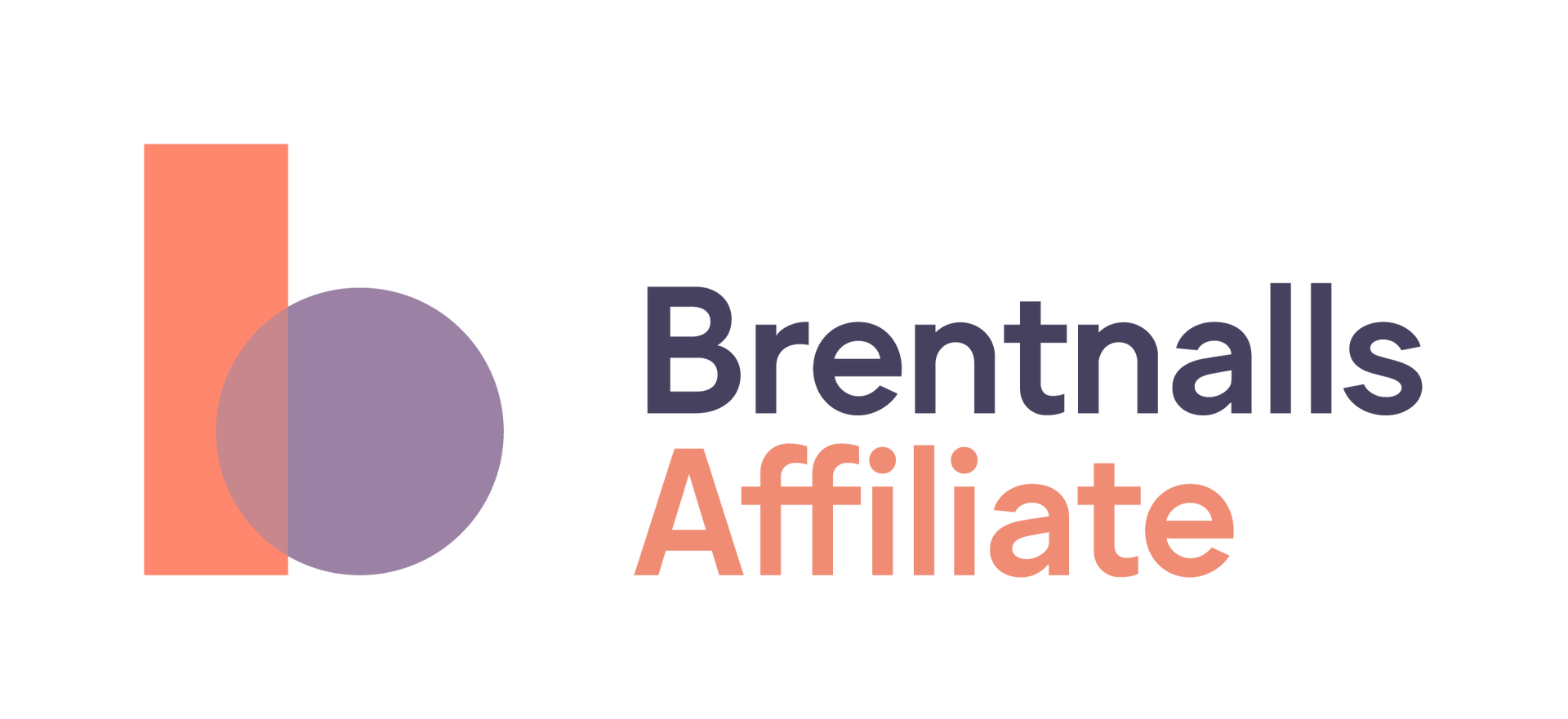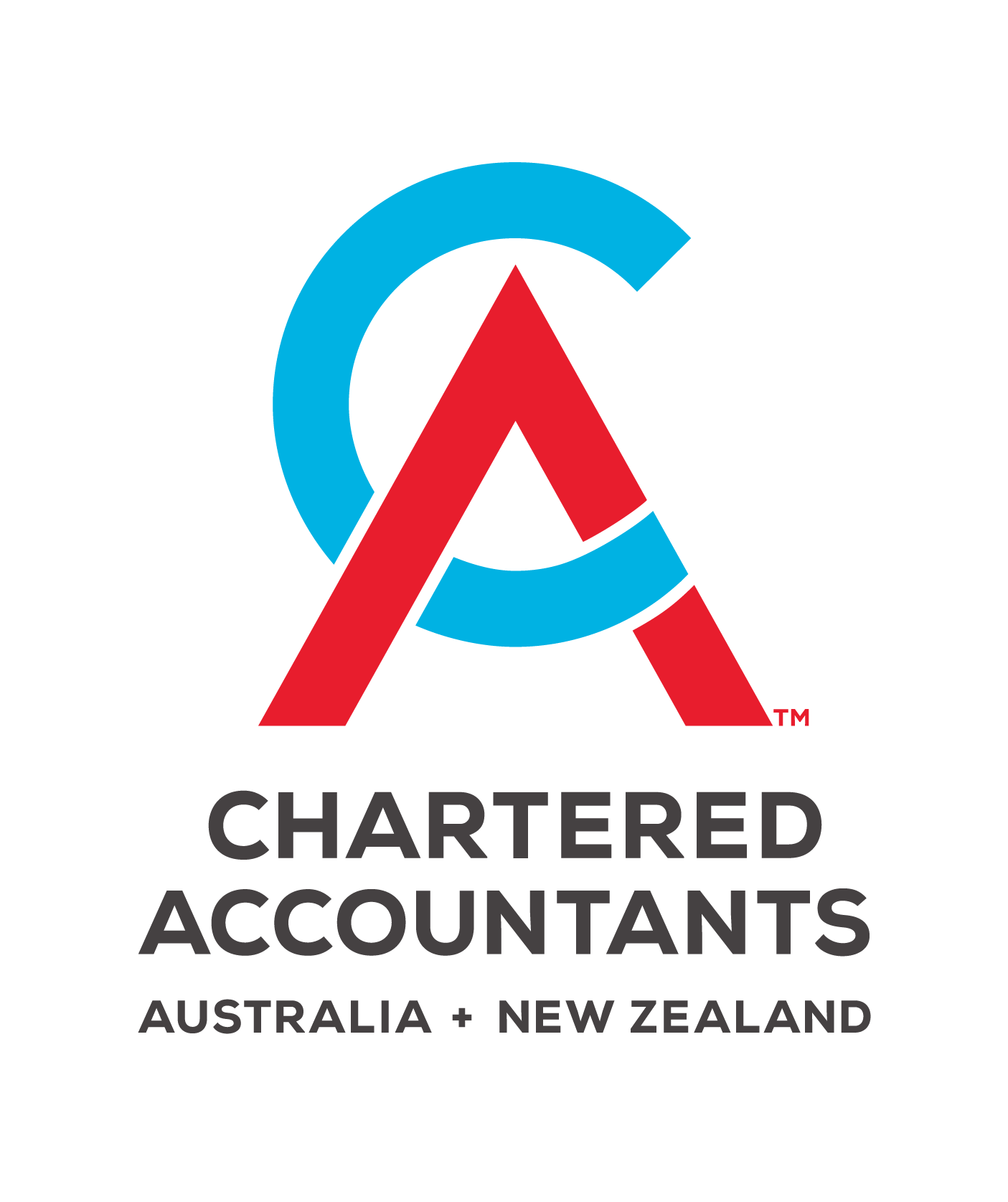Work & Business Related Car Expenses
APPLICATION:
- To be entitled to a deduction using one of the 2 methods you must own or lease the car involved or hire it under a hire-purchase agreement. Generally this means you need to be the registered owner or the effective “owner” under a private or family arrangement.
- These rules have equal application to employees (work-related expenses) and business owners (deductions from business income).
- If a car is jointly owned, both parties can claim deductions for their use of the car.
- Separate rules apply to travel expenses, being short-term car hire, public transport, tolls, parking fees, taxi fares and running costs for cars owned by someone else.
- The term “eligible premises” used in the table below refers to any place to/from which you travel and which is related to your work or business as the case may be.
DEDUCTIBILITY:
| Travel | Deductible? | Notes |
|---|---|---|
| Home to Work/Business Premises | N | 1, 2 |
| Home to Eligible Premises | Y | 4, 6 |
| Work/Business Premises to Home | N | 1, 2 |
| Work/Business Premises to Eligible Premises | Y | 3, 6 |
| Eligible Premises to Work/Business Premises | Y | 3, 6 |
| Eligible Premises to Home | Y | 5, 6 |
NOTES:
- Such travel cannot be claimed even though:
- You do minor tasks en route e.g. collect mail
- You have to travel home/work or work/home more than once per day
- You are on-call
- There is no accessible public transport
- You work outside normal hours e.g. shift work or overtime
- Such travel can be claimed in circumstances where:
- You must use your car to transport bulky tools or equipment for your work
- Your home is a base such that you start work at home and travel to another workplace
- You are an itinerant worker and regularly work at more than one site each day before returning home
- Such travel will include cases where you have a second job and use your car to travel directly between 2 separate places of employment.
- E.g. where you travel from your home to an alternative workplace (e.g. client premises) then either to your usual place of work or back to home.
- E.g. where you travel from your usual workplace to the alternative workplace then either back to your usual workplace or directly home.
- “Eligible premises” will include travel to client or customer premises, supplier premises, work/business related seminars, premises of tax agents and other professional advisors etc.
CALCULATING THE DEDUCTION
| Method | Business Kilometres | Evidence Required | Notes |
|---|---|---|---|
| Cents per Kilometre | Maximum 5000 km allowed | Reasonable estimate | 1 |
| Logbook | No restriction/qualification | Logbook | 2, 3 |
| Odometer reading start and end of year | |||
| Written evidence or odometer | |||
| Written evidence for all other expenses |
NOTES:
- The statutory rate for 2022/23 is fixed at 78 cents.
- Odometer records should show the reading at the start and end of the period during which the car was owned (or the whole year in the normal course), also engine capacity, make, model and registration number. Fuel can be calculated using average price for the year/period and the fuel consumption of the car per manufacturer’s guidelines.
- Logbook must show details of each business trip including; day trip began and ended, odometer reading at start and end of trip, kilometres travelled, reason for trip.
Kept for 12 continuous weeks and valid for 5 years or until no longer represents business use.
Log book must show: when period begins and ends, odometer readings at start and end of period, number of km during period, number of business km for period, business use %.
SELF-EDUCATION – RELATED MOTOR VEHICLE TRAVEL:
- Expenses related to a course of education at a school, college, university or other place of education.
- Must be a direct connection to your current profession, business, trade or in course of employment.
- Self-Education expenses (of all kinds) are allocated to categories A to E. Category E expenses are non-deductible.
SUMMARY OF DEDUCTIONS:
| Description of Trip | Deductible (Y/N) | Category of Expense |
|---|---|---|
| Home to University to Home | Y | A (logbook method) |
| D (cents per kilometre set rate) | ||
| Home to University to Work | 1st leg Y | A or D (per above) |
| last leg N | E | |
| Work to University to Home | 1st leg Y | A or D (per above) |
| last leg N | E | |
| Work to University to Work | Y | A or D (per above) |
Discuss Further?
If you would like to discuss this, please get in touch.
Disclaimer
The information provided in this information sheet does not constitute advice. The information is of a general nature only and does not take into account your individual situation. It should not be used, relied upon, or treated as a substitute for specific professional advice. We recommend that you contact Brentnalls SA before making any decision to discuss your particular requirements or circumstances.



